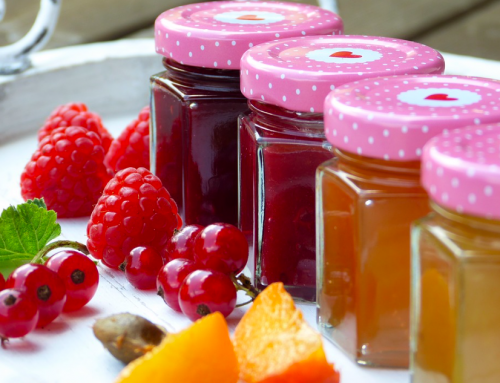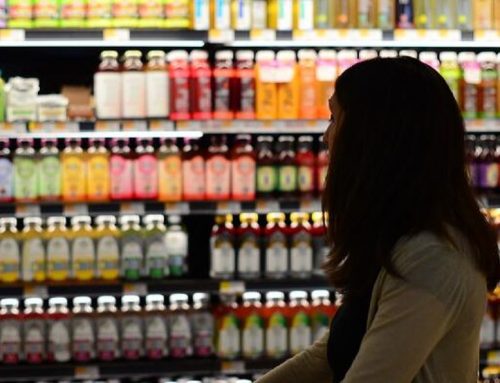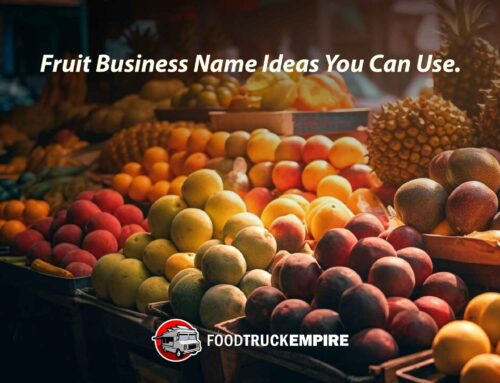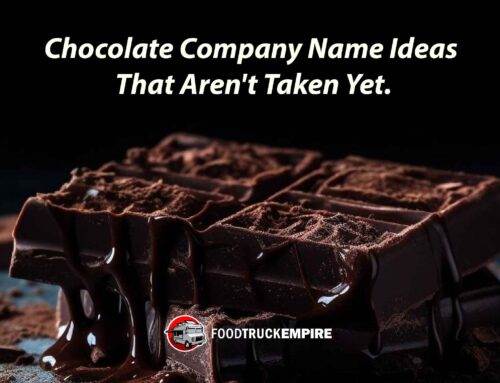After visiting and talking with several co-packers, it’s time to take a hard look at the numbers. You need to know if you’re going to make money. After all, why would you co-pack if you’re going to lose money, right?
There are three ways co-packers charge. All of them have their pros and cons. While you may be able to work out a deal with your co-packer, generally fees are fees unless you sign an annual or multiyear contract.
While this section is quite numbers heavy with several examples from my own experiences vetting vendors for my mustard company. I’ll try my best to make it simple for you. For the record, I’m not a big fan of complex numbers either!
How much will it really cost you to work with a co-packer, including the hidden fees? Let’s take a deep breath and dive into this complex answer! By the way this is just one part in a series called The Complete Guide to Profitable Co-Packing you can read here.
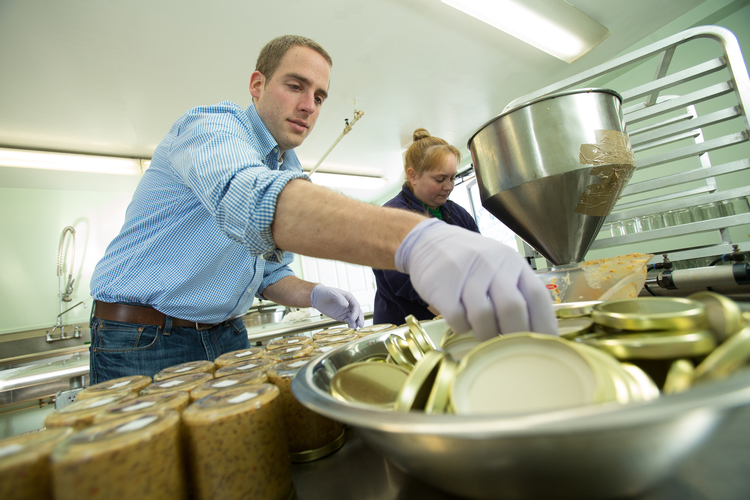
Yes… that’s really me on the production floor bottling mustard.
Three Ways Co-Packers Charge:
The three ways copackers charge are meant to meet the needs of every manufacturer. Sometimes the rates are determined on a case-by-case basis, but many co-packers keep their fees the same just to maintain their own sanity.
1. Flat Day Rate
This is simple. One flat fee for the entire day. For example, each day you produce costs you $500. This means you need to produce as many units as possible in that 8-hour day to reduce your perunit labor cost.
2. Per Unit Rate
Also simple. You pay per unit produced. Usually this is somewhere between $0.25$0.50. Anything higher, and you likely won’t make any money.
3. Per Hour Rate
If your production only takes a half day or you need extra help, you may get offered an hourly rate. Rates of $25 – $80/hour are typically depending on the equipment you use.
The most common fees are flat day rate and per unit. It’s rare to see a per hour rate unless you’re just doing prep for production and there isn’t a whole lot to finished goods.
Something to note here:
You could also lock in a contracted rate. If you’re new and can’t guarantee demand (like many small food producers), you’ll likely be stuck with a day rate that won’t go any lower.
Co-packers do that because they’re unsure of your likelihood to stick around. Most food companies are gone within a few years. However, if you’re a large company with consistent production runs, you’re more likely to get a contract with lower rates.
While we’re on the subject of contracts and lower rates….
Let’s talk about the fees you probably didn’t come across when talking with co-packers. Just like the house analogy from earlier, if you’re buying a house that seems too good to be true, it probably is. There could be hidden damage which would cost you thousands of dollars.
Same with co-packers.
A day rate is just one part of the fees you incur. As co-packers become more in demand, they’re looking for every possible way to make money. After all, they don’t seem to be in short supply of possible food manufacturers, do they?
Related Reading: Download My Food Business Model Canvas with Template
Below, you’ll find a short list of fees that you could rack up while working with a co-packer. It’s important to keep these in mind when you’re selecting someone to work with. Often times, these costs aren’t associated with manufacturing though. But, your net profit margin takes a hit when you add in the unexpected operating costs.
Here we go….
The Hidden Fees Most Co-Packers Won’t Tell You About

Learn the hidden costs associated with producing this mustard.
1. Receiving fees
Even if you source and ship your ingredients to the copacker, they may still charge you to receive your product. For example, when I would ship glass jars to my first copacker, they would charge me $20 to receive it. Turns out, I was charged that amount for anything received by them. From that point on (with the exception of glass), I handdelivered everything. Look for receiving fees to be around $25 for each delivery.
2. Ingredient prep fees
This one makes sense (to me), but make sure you incorporate it. Ingredient prep is typically charged by the hour. Let’s say you use fresh peppers. Well, your copacker isn’t going to give you time for free to prep them, are they? This either leads you to use ingredients that require less prep (or not prep at all) or consider raising your prices to incorporate this added cost. Prep fees typically run $25$50/hour because the facility not only has to cover labor cost, but they have to make some money, too.
3. Pallet storage fees
Space is a hot commodity in copacking. And copackers charge for it, too. Mainly because many food entrepreneurs (probably yourself included) don’t have the room to store 50# bags of sugar, a pallet of glass, and thousands of units of finished product. What’s it typically cost? Be prepared to pay between $25 and $100/month per pallet. The rate goes up when you’re looking for refrigerated or frozen storage.
4. Consulting time
Unfortunately, you can’t pick your co-packer’s brain forever (I know, wouldn’t that be great?) That means your next invoice might have a line item for consulting on it. Whether you talked about pH, HACCP, or distribution strategy, consulting is a good chunk of change. Fees range from $50 – $250/hour for food consultants.
5. Third-Party Fees
Third-party audits, required for shelf space at many major grocery chains, cost a ton of money upwards of $2,000. If you’re the only producer looking for the certification, you’re likely to be footing the bill. You’re lucky if 2 or 3 manufacturers need the certification because you can split it.
And the other certifications like gluten-free, non-gmo, and kosher, all cost money, too. Not only is this a cost you should plan for, but watch for it on invoices from your co-packer as well.
You Might Like This: How I Started a $75K/month Vegan Cookie Business with My Mom
6. Order Fulfillment Fees
Shooting over an email with a purchase order is easy just hit send. But, for your copacker it takes time to process your order, get it packed up, and put on the truck. Plus, it takes them away from other activities (like making more product). If you’re copacker offers order fulfilment, be prepared to pay a flat rate plus a percase rate of $0.25$0.50.
7. Ingredient Sourcing Fees
There are co-packers out there who will help you through the entire production process, including ordering all of your ingredients. Yes, they do exist. Ordering all of your ingredients is tedious and can take hours if you have a lot of products. Outsourcing this to your co-packer is an option.
There’s likely going to be a delivery rate (see above) and a percent markup 1020%. The big question is, are you willing to have 1020% increase in your raw materials cost for someone else to pick up the phone or order online? It’s a fee I personally opted out of, but other companies are willing to pony up the big bucks.
8. Cleanup Fees
Does your product make the kitchen look like a disaster zone? Then you might need to pay cleanup fees to get the kitchen back to normal before the next production. I haven’t seen it happen with copackers too much, but this happens a lot with shared commercial kitchens.
9. Casing Your Product
For many food companies who order bottles and jars (many of you) to package their product, it’s often the case where a case box doesn’t come with the glass. That means every 12 or every 6 units needs to go in it’s own box, labeled, and taped up. That’ll cost you, too. $0.50/case usually.
While many of these (with the exception of ingredient prep and ordering fees) are operational costs and not directly related to the manufacturing of your product, they should be taken into consideration.
If you’re charged for all of these “hidden” fees, you’re likely looking at an additional $300 – $500/month in expenses. If you’re growing, it’s an investment. But, if you’re just starting out, look at ways to cut costs and avoid paying these fees.
Now, let’s look at some examples:
Here’s the background: You make jelly and need to find a copacker to produce 1,000 units. Let’s look at each scenario above, with a mix of fees thrown in.
Flat Day Rate:
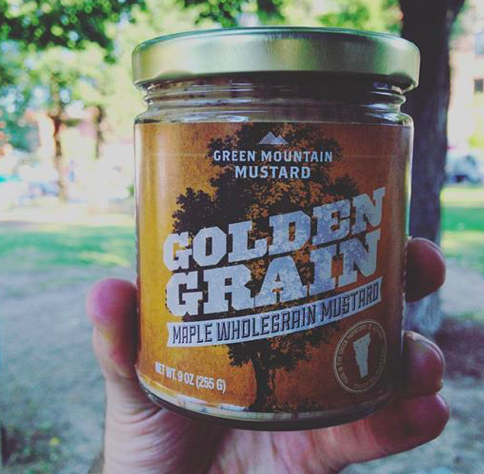
My top selling whole grain mustard.
- Day rate: $750 for an 8 hour day
- Units produced: 1,000
- Cost per unit: $0.75
That’s pretty high for production. But, let’s make it a bit more complicated. Let’s say you had three shipments received for that production and you had a couple of prep hours the night before:
- Day rate: $750 for an 8 hour day
- Receiving fees: $60
- Ingredient prep: $100
- Units produced: 1,000
- Cost per unit: $0.91
Your labor cost per unit just increased 21.3%. And that’s just your labor cost. Nevermind your ingredients, packaging, transportation costs, and other fees. The increase needs to be passed all the down your distribution channel, up to your customer or you’ll be making less money. What are the downsides to paying a flat day rate?
1. Fluctuating per unit rate
Every time you produce, you have no idea how much your labor is going to influence your product cost. One week, your product is cheap to produce. The next? Something goes wrong and your cost spikes. It’s tough to control.
2. Pressure to produce as much as you can
When I was just starting out, I was paying a flat day rate. That meant I needed to produce close to 1,000 units just to break even. And I didn’t have the demand to meet the supply. When I produced less, my costs went up. It’s just part of the numbers game.
3. Tight cash flow
When you pay several hundred dollars a day for use of a copacking facility and you’re doing it weekly, it adds up. Then you’ve got jars, caps, ingredients, transportation, and time. That’s a lot of money. Some production runs have cost me upwards of $2,500. And that was just to get off the ground.
Per unit pricing
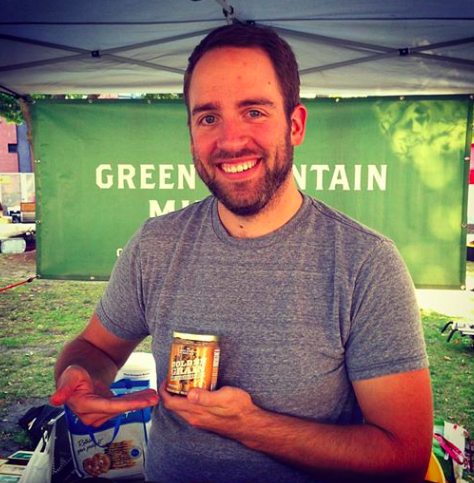
Promoting at a local farmer’s market.
This is the pricing model my copacker currently uses. It allows for greater flexibility, based on demand of your product. That means you can make 10 cases of one product and 5 of another. Let’s look into it further.
Per unit price is typically $0.30 – $0.80/unit depending on your process.
If you have a lot of manual labor attached to your products (like preparing fresh produce, hand filling, hand labeling, etc) your per unit rate will be higher.
Let’s look at an example:
- Units produced: 1,000
- Cost per unit: $0.30
- Prep of ingredients: 2 hours at $30/hour = $60
- Total labor cost: $0.36/unit or $360
See how your labor rate, even with added prep is almost half the cost of a day rate? Now, assuming you’re ingredients aren’t too expensive, you’ve got an opportunity to make money here. This means you can go to retailers and distributors and be confident about your pricing structure.
Sign Up Now for Free: Food Business Startup Kit Includes Business Canvas, Cost Spreadsheets and More
Now, this is not to say that flat-day rate doesn’t work. It does. It works for larger companies who are able to produce in volume. If you’re just getting started, try to find a co-packer who will produce your product using per unit pricing. What are the downsides to per unit pricing?
1. May require production minimums
Your copacker isn’t going to make a case of your product. They’re going to require a minimum production yield. Why? Because they need to have a certain volume in the kettle so that it functions properly. For example, a 20 gallon kettle requires at least 3 gallons of ingredients to properly heat and produce product.
2. Prep-time may be an added expense
You can assume that per unit pricing is a baseline cost of doing business. Then, there’s likely to be prep time and other fees like I described above. Yes, this increases your perunit price, but it’s likely to still be less than flat day rate.
Per hour rate
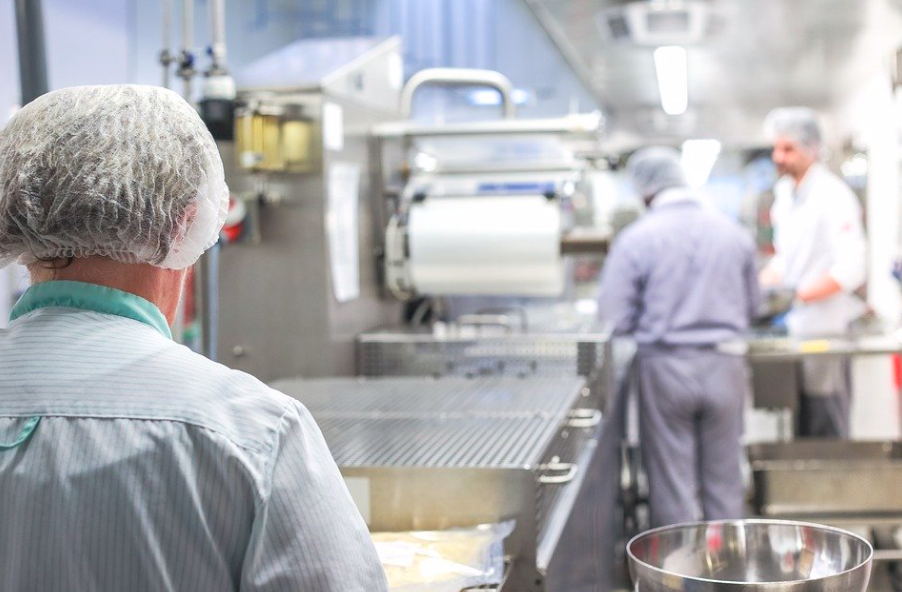
Sometimes food producers charge at an hourly rate.
While rare, it’s also possible that copackers charge a per hour rate. This is good for companies with fast productions and little cash.
If a shared kitchen is producing your product for you or helping you during production an hourly rate is likely applied.
Let’s look at an example:
- Units produced: 1,000
- Workers used: 2
- Hourly charge: $25/hour
- Hours: 5
- Total labor cost: $0.25/unit or $250
Now, there’s one big distinction here: You’re in the kitchen, too. Let’s add your labor into the mix so that you have 3 people producing product at $25/hour. (If you value your time at more money, you can increase the number).
- Units produced: 1,000
- Workers used: 3 (including yourself)
- Hourly charge: $25/hour
- Hours: 5
Total labor cost: $0.375/unit or $375. Just by adding yourself into the labor mix (because you would have to pay a third person if you weren’t there), you increased your labor cost by $0.12/unit.
And another question you’re probably asking….Why are you hiring people for $25/hour? These employees already know how to use the equipment.They know how to abide by HACCP guidelines. They’re worth $25/hour. Your actual charge may be less.
That’s the “quick” summary of co-packing costs and things you’ll need to consider.
Once you’ve made your decision on a partner and estimated the costs, there’s still more to do. Take a quick break and let’s move on to the next chapter of our guide.

